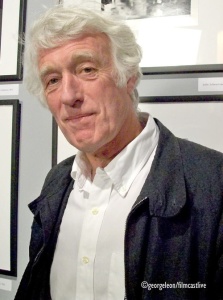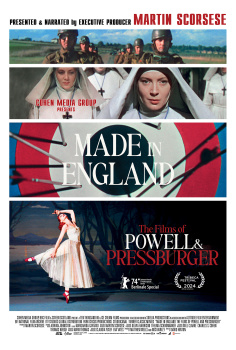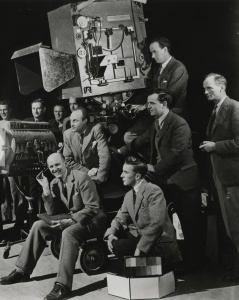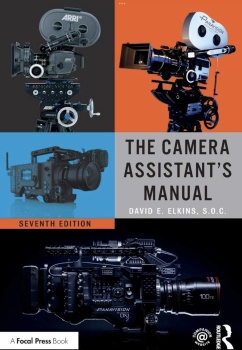The Curious Case of Benjamin Button and Cinematographer Claudio Miranda.
As a prelude to the Academy Awards, I attended last night to an evening event at the DGA Theater in Sunset Boulevard, showcasing a conversation with the department  heads that created the magic and mind boggling artifice for this film including, Visual Effects Supervisor Eric Barba, Editors Angus Wall & Kirk Baxter, Sound Designer Ren Klyce, Cinematographer Claudio Miranda, Make Up Greg Cannom, Costume Designer Jacqueline West, Production Designer Don Burt, and Set Decorator Victor J. Zolfo.
heads that created the magic and mind boggling artifice for this film including, Visual Effects Supervisor Eric Barba, Editors Angus Wall & Kirk Baxter, Sound Designer Ren Klyce, Cinematographer Claudio Miranda, Make Up Greg Cannom, Costume Designer Jacqueline West, Production Designer Don Burt, and Set Decorator Victor J. Zolfo.
After a brief and enthusiastic introduction to he audience of each member, several key clips of the film were presented, followed by a Q&A regarding their experiences, impressions and technical details about the making of the film.
The making of Benjamin Button required extensive visual effects and one of the many challenges presented to the visual effects department was to create an organic looking reverse aging process that could be applied to the character Benjamin Button (Brad Pitt). The realistic resulting skin textures used during the different stages of the reverse aging process were the result of months of research, code writing and modeling, resulting finally in a computer generated (CGI) code that could render in a natural way flaccid aged skin and the facial movements that could transpire seamlessly the human emotion portrayed by the principal actor (Pitt). Click side bar for visual effects.
In order to meet the requirements of an extensive detailed compositing schedule and besides of logistic and aesthetic reasons, D.P Claudio Miranda shoot the film mostly in high definition video utilizing the Viper camera for certain scenes, recording in 4:4:4 FilmStream mode to S.2 hard drives. Other scenes, such as close ups, were shot with the Sony F3 and other action plates were shot on 35mm film negative stock.
Miranda relied on a combination of DigiPrimes and DigiZooms and, “a ton of ND to keep things wide open, usually around 1.9. That meant the operators had to be on their game, but with the big monitor and HD, you can see right away whether or not you got it.” Miranda also graded still files from each day’s work to show to Fincher. “It was near-instant gratification,” the DP recalls. “We created one simple LUT for the whole movie, taking a bit of green out of the Viper and adding contrast, then stuck with that most of the time, so we didn’t have to deal with lot of look-up tables.”
combination of DigiPrimes and DigiZooms and, “a ton of ND to keep things wide open, usually around 1.9. That meant the operators had to be on their game, but with the big monitor and HD, you can see right away whether or not you got it.” Miranda also graded still files from each day’s work to show to Fincher. “It was near-instant gratification,” the DP recalls. “We created one simple LUT for the whole movie, taking a bit of green out of the Viper and adding contrast, then stuck with that most of the time, so we didn’t have to deal with lot of look-up tables.”
Director David Fincher says his first visual reference for Miranda was artist Andrew Wyeth, but that wasn’t slavishly followed for production. “We thought Wyeth would influence framing - looking through doorways - but in the end that wasn’t really a factor,” the cinematographer explains. “It was nice in terms of suggesting wall t extures, though.” What contributed more to Benjamin Button’s look were the movie’s real-life locations, mostly shot in Louisiana. “I took my digital camera into the rooms of the main house we shot in, and took a lot of pictures with natural light,” says Miranda. “David loved the natural-light stills, so trying to retain the actual look of the locations was probably the most important visual notion in the film.” Miranda recalls that, “our location manager was pleasantly surprised to see how happy the locals were to have us around. In spite of everything, New Orleans still looks and feels lost in time; gazing down the street is almost like peeking back into another era.”
extures, though.” What contributed more to Benjamin Button’s look were the movie’s real-life locations, mostly shot in Louisiana. “I took my digital camera into the rooms of the main house we shot in, and took a lot of pictures with natural light,” says Miranda. “David loved the natural-light stills, so trying to retain the actual look of the locations was probably the most important visual notion in the film.” Miranda recalls that, “our location manager was pleasantly surprised to see how happy the locals were to have us around. In spite of everything, New Orleans still looks and feels lost in time; gazing down the street is almost like peeking back into another era.”
courtesy icg magazine. iatse local 600


























































